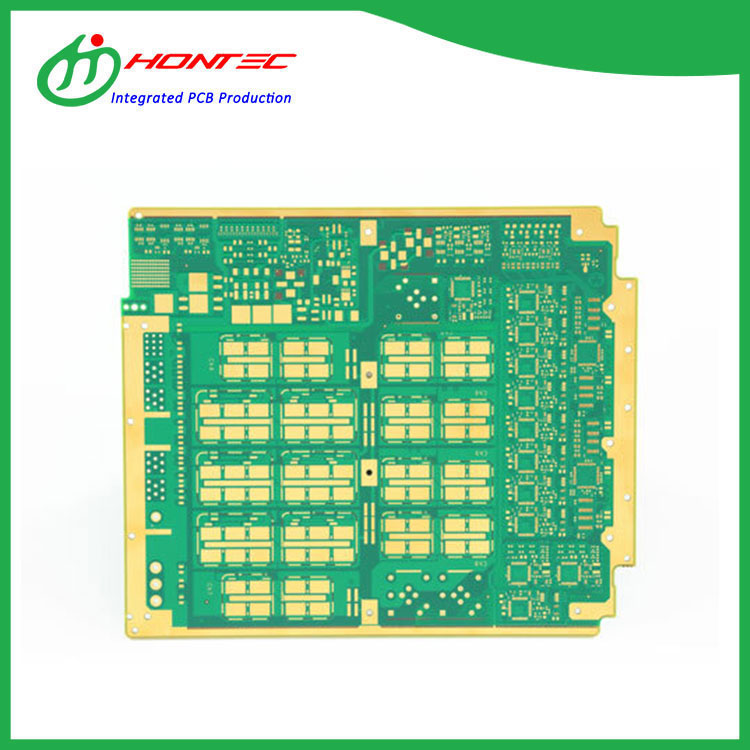Selecting the Right Multilayer Board for Your Application: Key Considerations
2024-05-24
In the world of electronics, the choice of multilayer board for a specific application is crucial. The board must not only meet the functional requirements of the design but also ensure reliability, durability, and cost-effectiveness. Here are some key factors to consider when selecting a multilayer board for your application.
1. Board Size and Layer Count
The first step is to determine the size and layer count of the board. The board size should be based on the available space in the final product, while the layer count is determined by the complexity of the circuitry. More layers allow for more routing options and tighter component placement, but they also increase the cost and manufacturing complexity.
2. Material Selection
The choice of material for the multilayer board is crucial. Common materials include FR4 (flame-retardant grade 4), polyimide, and ceramic. FR4 is a cost-effective option for many applications, while polyimide and ceramic offer better thermal and electrical properties but are more expensive. The material should be chosen based on factors like operating temperature, electrical requirements, and cost constraints.
3. Thermal Management
Thermal management is an important consideration for multilayer boards. Heat generated by components and traces can lead to reliability issues if not properly dissipated. Selecting a material with good thermal conductivity and designing adequate heat dissipation paths can help mitigate these issues. Additionally, consider using thermal vias to connect heat-generating components to cooling surfaces.
4. Electrical Properties
The electrical properties of the multilayer board are essential for ensuring signal integrity and performance. Factors like impedance, capacitance, and inductance can affect the performance of high-speed signals. Selecting a board with the appropriate electrical properties and designing the circuitry to minimize unwanted electrical effects is crucial.
5. Mechanical Considerations
The mechanical properties of the multilayer board should also be taken into account. The board must be able to withstand the expected mechanical stresses and strains during manufacturing, assembly, and operation. Consider factors like board thickness, stiffness, and surface finish to ensure compatibility with your specific application.
6. Manufacturing Capabilities
The manufacturing capabilities of your chosen board supplier are also important. Consider the supplier's expertise in multilayer board fabrication, including their ability to handle complex designs, tight tolerances, and special materials. Additionally, ensure that the supplier has the necessary certifications and qualifications for your specific industry or application.
7. Cost
Finally, cost is always a consideration. Multilayer boards can vary widely in price based on factors like material, layer count, complexity, and manufacturing requirements. Compare quotes from multiple suppliers to ensure you get the best value for your money while still meeting your design requirements.
In summary, selecting the right multilayer board for your application requires careful consideration of factors like board size and layer count, material selection, thermal management, electrical properties, mechanical considerations, manufacturing capabilities, and cost. By taking these factors into account, you can ensure that you choose a multilayer board that meets your specific needs and provides optimal performance and reliability.



